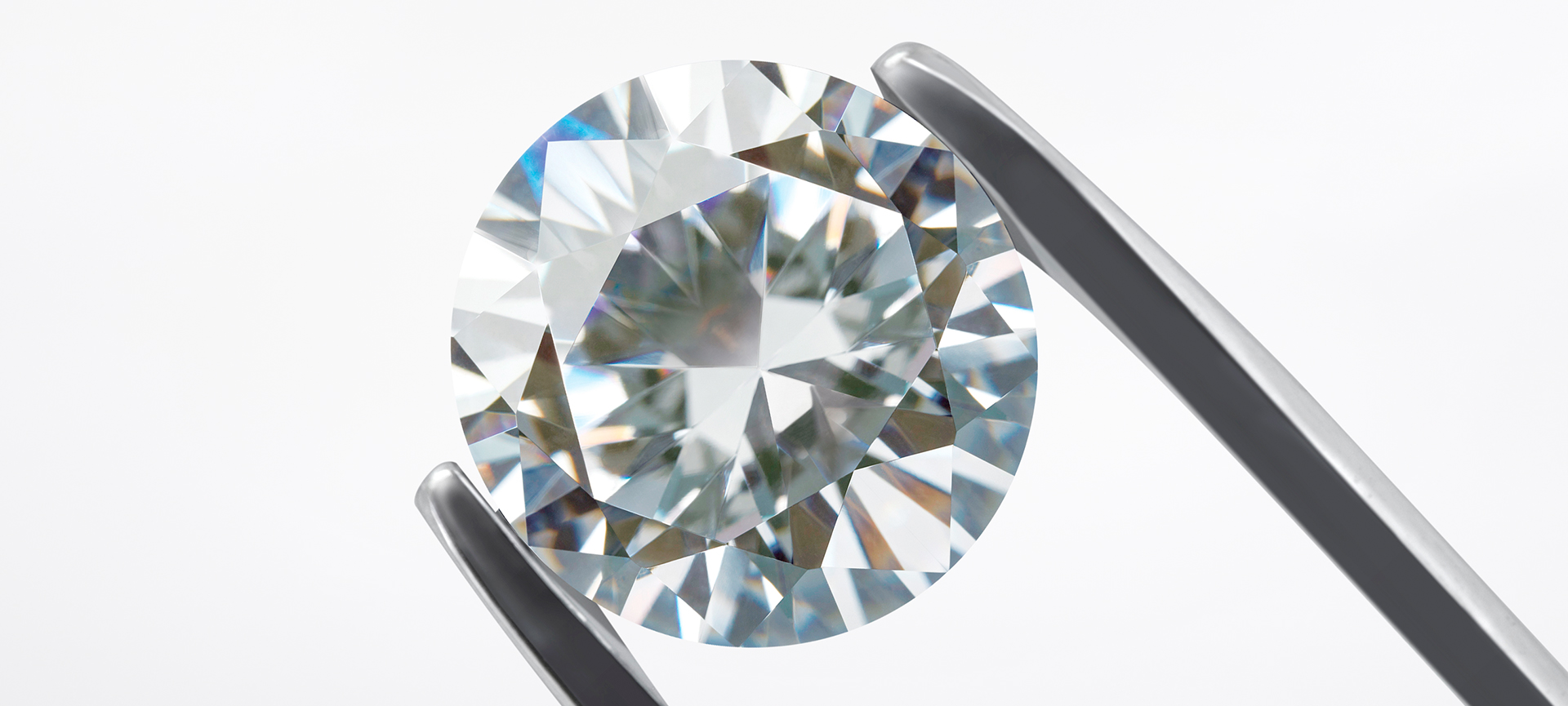Most gems form within the Earth, but June’s birthstone, pearl, is unique because it is formed in the soft tissue of a living mollusk. Natural pearls are rare; most are cultured by implanting a bead into the mollusk and letting the mollusk coat the bead with nacre for up to two years before the pearl is harvested. (more…)
